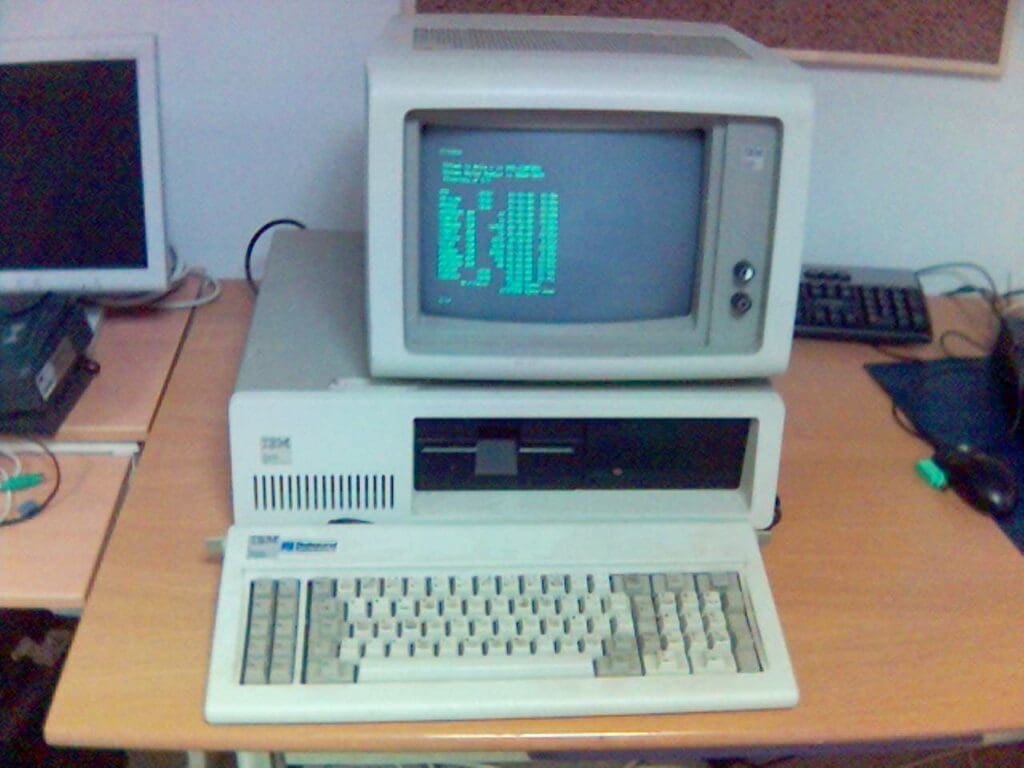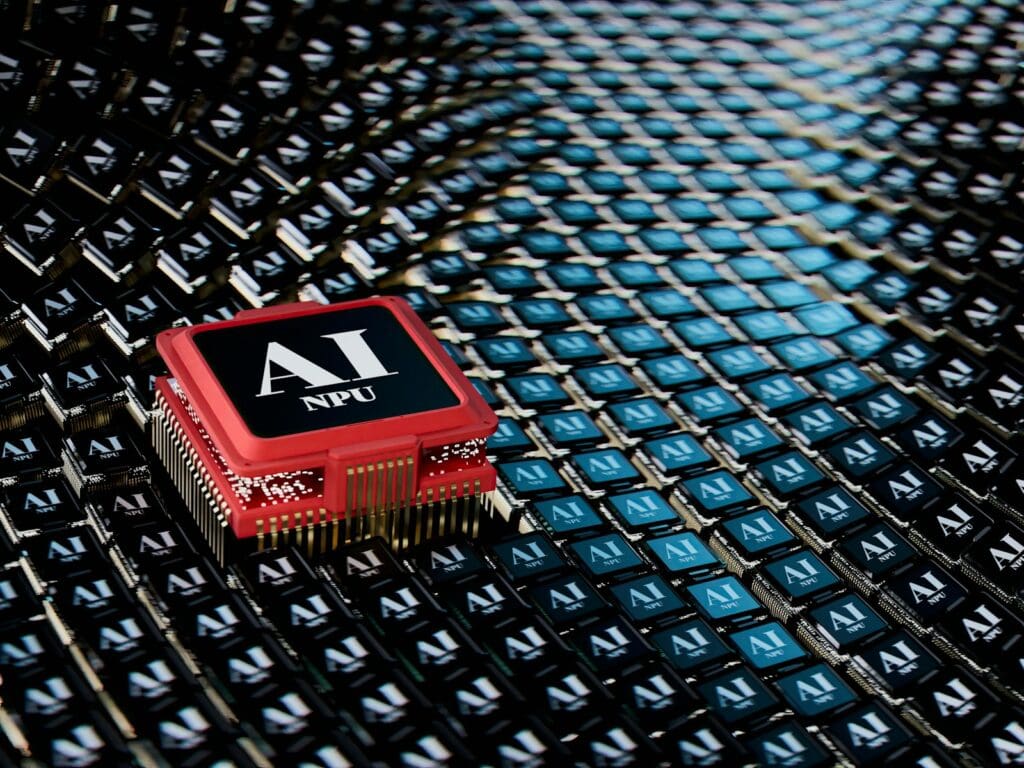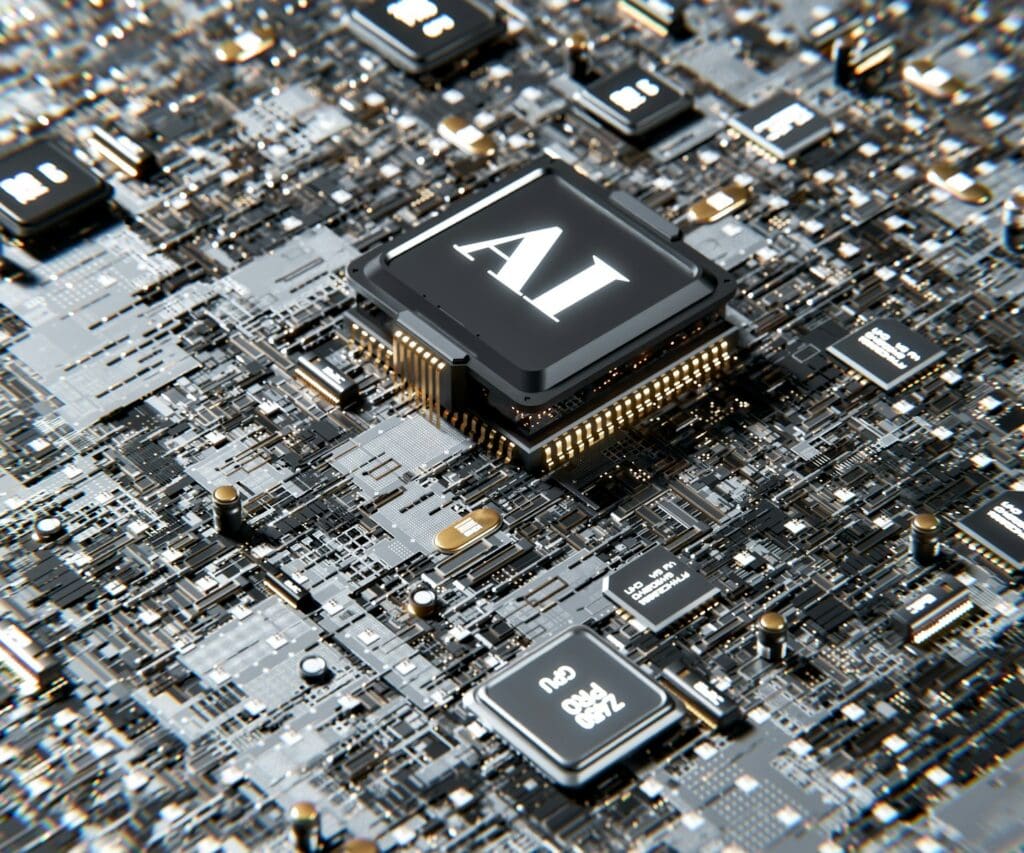Artificial intelligence, or AI as it’s more commonly known, has taken the tech world by storm! Kind of. It’s expensive, it’s still in its infancy, and it’s struggling to make anyone any money. In fact, it’s really losing a lot of money for pretty much every company that’s heavily invested in it. When is it going to become profitable?
Move Fast, Break Things

First, let’s talk about Silicon Valley and the general pattern of “disruptors” that emerges from that storied stretch of the Bay Area. Companies like Uber, Airbnb, and such offer a new product using some proprietary technology and it’s dirt cheap. They wreck their competition, and then become the new top dog and start raising prices. This is often referred to as “moving fast and breaking things,” a term coined by Mark Zuckerberg of Facebook.
Electric Dreams

People have been dreaming about functional artificial intelligence for decades. Science fiction authors offered a glimpse into the future, where talking robots and thinking computers could ease the heaviest of humanity’s burdens. Why worry about fixing mundane problems when a computer program can handle it? That’s what companies like OpenAI, Microsoft, and Facebook want to make a reality.
Now It’s Real, Right?

Pretty much everyone has had a “conversation” with some kind of AI chatbot at this point. So, AI is “real” now, right? Well, not exactly. The large language models and neural networks you’ve likely interacted with aren’t intelligent, despite their names. They’re computer programs capable of collating information and returning output based on complicated algorithms. That all costs a lot of money to operate, by the way, which is starting to become a bit of a problem.
Intelligence, Artificiality, and Other Big Questions

This conversation begins to veer into questions of philosophy, but it’s worth noting that the word “intelligence” is quite loaded when it comes to computers. A “learning” AI isn’t learning in any sense that a living creature would. It’s an inanimate collection of algorithms and lines of code that can imitate patterns that make it look intelligent to a human observer. It can only imitate and offer back outputs that it’s scanned from human input. Thus it’s incapable of creation, creativity, spontaneity, and anything else that would signify “intelligence.”
But What Does it Do?

Okay, so it’s not intelligent in the way that living things are. But it’s still useful, right? Once again, sort of. If you’re a programmer, having an AI check your code can be a huge time-saver. AI is also really helpful for generating a ton of words in a short amount of time — though the quality of those words is almost universally worse than getting a professional writer to handle it for you.
Use Cases

The most common use cases for generative AI so far have been people asking questions of chatbots as though they were Google search bars and people having AI create genuinely abhorrent “art” for them. Google has taken to using this approach to create “AI snapshots” of certain topics after users type in queries. All of these AI programs require a lot of hardware and some considerable power to function correctly.
Tremendously Expensive

And, as anyone in the tech industry knows, specialized hardware and high power consumption are both recipes for expensive price tags. While tech insiders are thrilled by the possibilities AI presents, shareholders are beginning to grow impatient when it comes to recouping the operational costs AI has caused so far.
Driving Revenue

The most obvious way for AI to drive revenue is for a company to offer AI software to consumers. This makes things like Microsoft Copilot easy to track — if the service has a lot of subscribers, it’ll indicate that AI is making Microsoft money. For other companies that don’t sell software, it’ll be much harder to show how the technology is impacting their bottom line. That is, of course, except for the high cost of operating the software.
Read More: Did AI Discover the First New Antibiotics in Over 60 Years?
Is Streamlining Worth it?

There are a few ways for AI to help non-software companies become more profitable. At least, eventually. The technology could help companies discover new ways to streamline their business, it could handle tasks like crunching numbers, or it could even offer advice to salespeople based on large data sets. But still, can a company show how those things are impacting profitability when compared to the high costs of operating such software?
Read More: 9 Careers in AI and How to Land Them
Real Opportunities or Pipe Dreams?

For some investors, AI is beginning to look like a pipe dream. The software is as much a pet project as it is a commercial product. The idea of a robot handling tough tasks for us is really cool, and maybe it’ll become a reality in the future. For now, though, it seems like AI is an experimental software with a misleading name and a tremendous price tag.
Read More: Is AI Losing Money? The Facts








